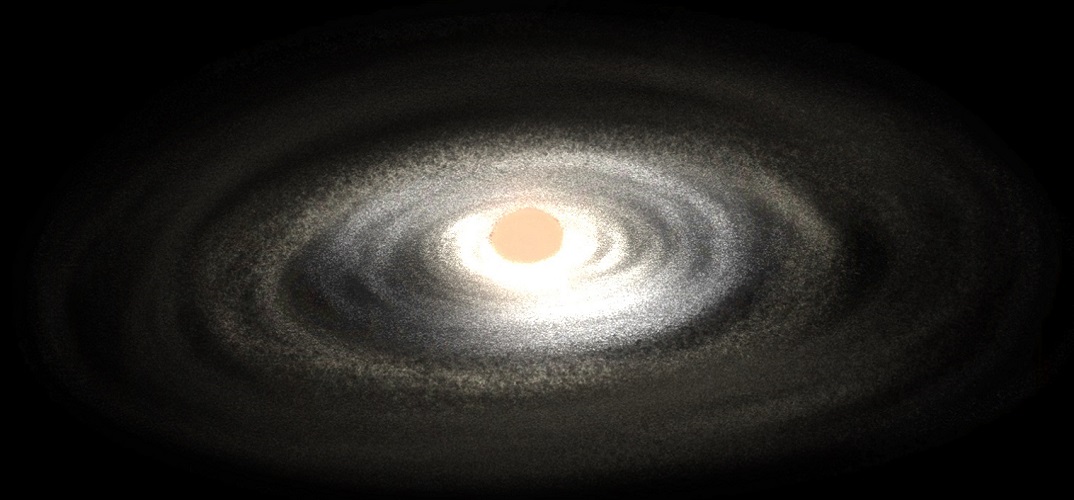University of Hertfordshire scientist solves the riddle of nitrogen-rich galaxy 440 million light years away – unlocking how our own galaxy developed

For the first time, scientists have been able to explain the mystery behind the unusual chemical composition in one of the universe’s most distant galaxies. The state-of-the-art theoretical model that the breakthrough research has established, could be a key to our better understanding of the far universe.
Professor Chiaki Kobayashi, of the Centre for Astrophysics Research (CAR) at the University of Hertfordshire, led the breakthrough research using the data taken by the James Webb Space Telescope (JWST).
The galaxy that Professor Kobayashi investigated is called GN-z11 – ‘located’ a mere 440 million years after the Big Bang.
However, the JWST’s taken spectra indicated an unusually high abundance of nitrogen in GN-z11, which has surprised many scientists.
During the Big Bang, only light elements are produced, and carbon and heavier elements are made in stars and distributed in the interstellar medium when the stars die, after 13.8 billions years of cosmic time.
Until now, one of the hypotheses put forward to explain the presence of so much nitrogen in the galaxy was the possible element production from a supermassive star, 50,000 to 100,000 times more massive than our Sun.
But Professor Kobayashi’s research has not only disproved that hypothesis of super-massive stars, and possibly also that concerning the remnant of a super-massive black hole. Instead, she has established a new means of understanding early galaxies.
Professor Chiaki Kobayashi, professor of astrophysics at the University of Hertfordshire, said: “The galaxy is not telling us about an unusual star but an unusual episode of galaxy life. We found that early galaxies have ‘bursty’ star formation, which causes this unusual chemical composition.
“In the brief period in our model, estimated as only one million years, the nitrogen abundance is much more enhanced than oxygen.
“Our theoretical model – which does not require any special enrichment sources just as with common stars as in our Galaxy - also predicts all elemental abundances, which we are not able to detect even with the best telescope we have now.”
The bursty star theoretical model helps unlock our understanding of the early universe, Professor Kobaysahi, who also studies nuclear astrophysics, explains.
“In our model, the galaxy is experiencing an intermittent, bursty star formation, and fairly massive dying stars called Wolf-Rayet stars are producing this particular element, nitrogen, before major heavy elements such as oxygen are produced by supernovae.
“What we believe, and this is incredibly exciting for all those who study our universe, is that this model is witnessing a highly dramatic evolutionary phase for galaxies.”
Turning to the future and what the discovery means for astrophysics, Professor Kobayashi added:
“We would like to see many more galaxies like this galaxy, with unusual chemical composition.
“We would also like to see more elements in these galaxies other than nitrogen and oxygen. Since different elements are produced from different types of stars on various timescales, elemental abundance patterns are the fossil record to understand the history of the universe. I call this approach `extra-galactic archaeology’.”
Professor Kobayashi’s research was published this month in the prestigious American Astronomical Society’s Astrophysical Journal Letters, co-authored with Andrea Ferrara, Cosmology Professor at Scuola Normale Superiore, Pisa, Italy.
Read the full research DOI 10.3847/2041-8213/ad1de1.
Professor Kobayashi’s has made previous discoveries on fluorine and on gold. These topics will be explained at the annual George Darwin Lecture and in a forthcoming article by the Royal Astronomical Society.